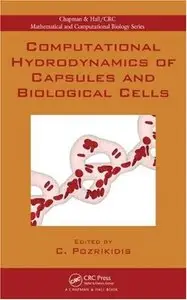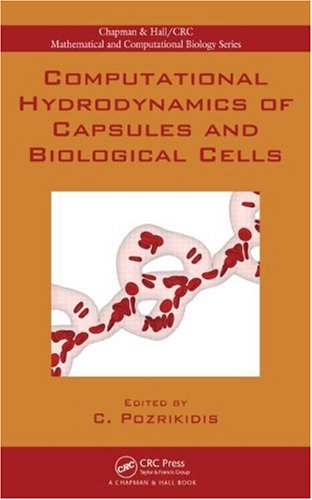Computational Hydrodynamics of Capsules and Biological Cells by Constantine Pozrikidis
English | ISBN: 1439820058 | 2010 | PDF | 327 pages | 8,2 MB
English | ISBN: 1439820058 | 2010 | PDF | 327 pages | 8,2 MB
Spanning biological, mathematical, computational, and engineering sciences, computational biofluiddynamics addresses a diverse family of problems involving fluid flow inside and around living organisms, organs, tissue, biological cells, and other biological materials.
Computational Hydrodynamics of Capsules and Biological Cells provides a comprehensive, rigorous, and current introduction to the fundamental concepts, mathematical formulation, alternative approaches, and predictions of this evolving field.
In the first several chapters on boundary-element, boundary-integral, and immersed-boundary methods, the book covers the flow-induced deformation of idealized two-dimensional red blood cells in Stokes flow, capsules with spherical unstressed shapes based on direct and variational formulations, and cellular flow in domains with complex geometry. It also presents simulations of microscopic hemodynamics and hemorheology as well as results on the deformation of capsules and cells in dilute and dense suspensions. The book then describes a discrete membrane model where a surface network of viscoelastic links emulates the spectrin network of the cytoskeleton, before presenting a novel two-dimensional model of red and white blood cell motion. The final chapter discusses the numerical simulation of platelet motion near a wall representing injured tissue.
This volume provides a roadmap to the current state of the art in computational cellular mechanics and biofluiddynamics. It also indicates areas for further work on mathematical formulation and numerical implementation and identifies physiological problems that need to be addressed in future research.



